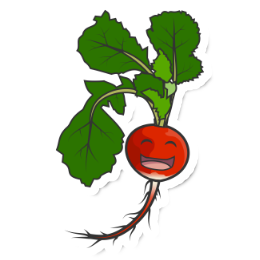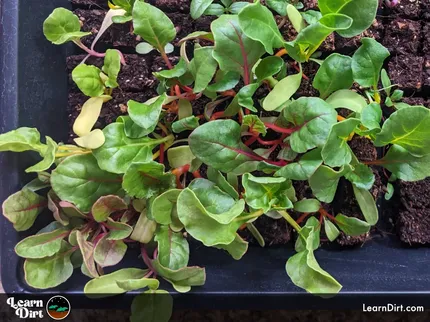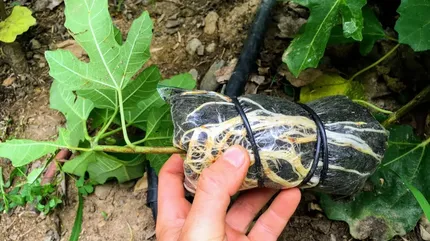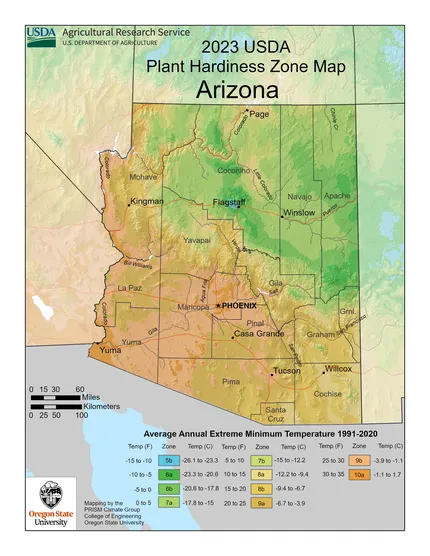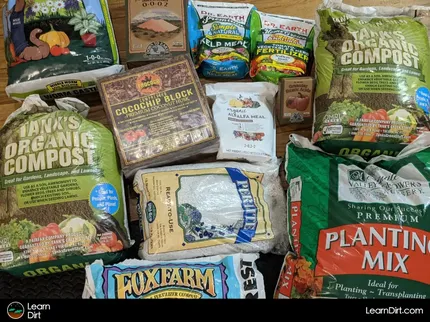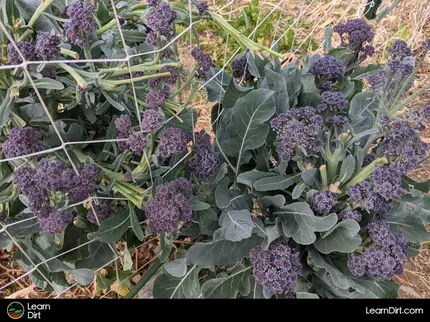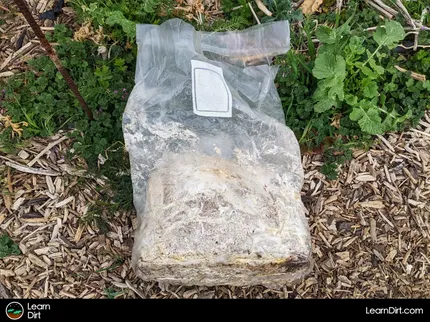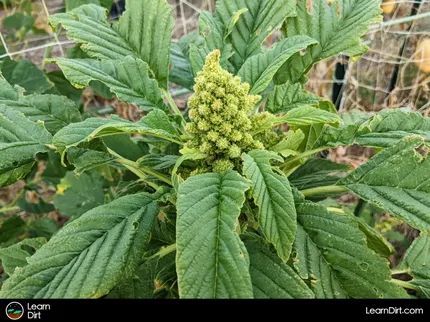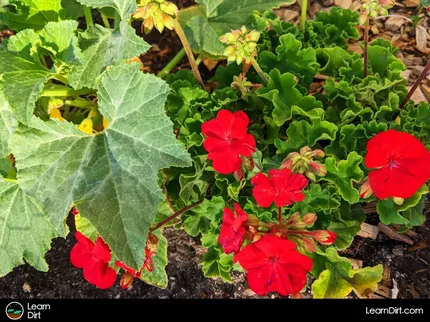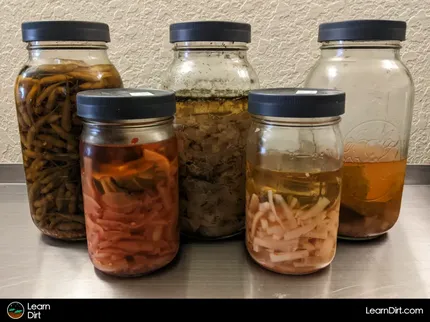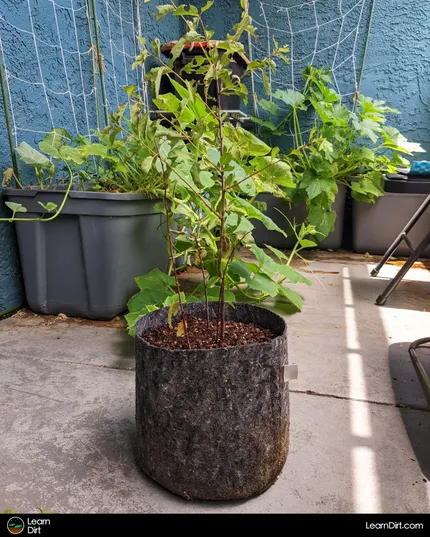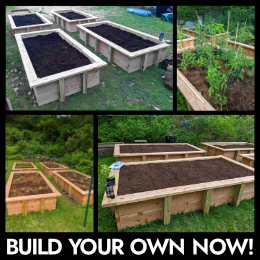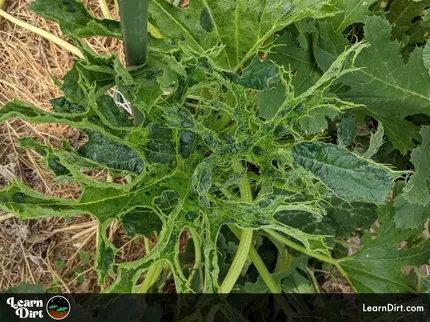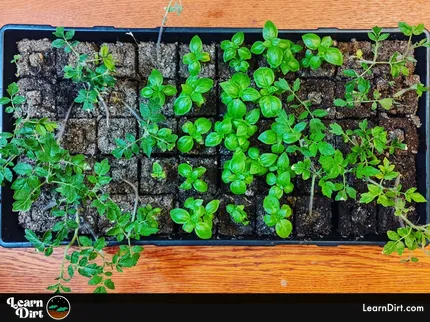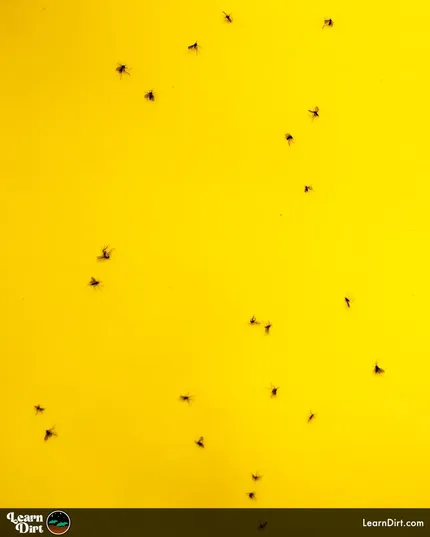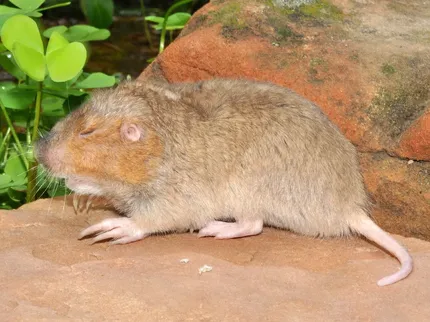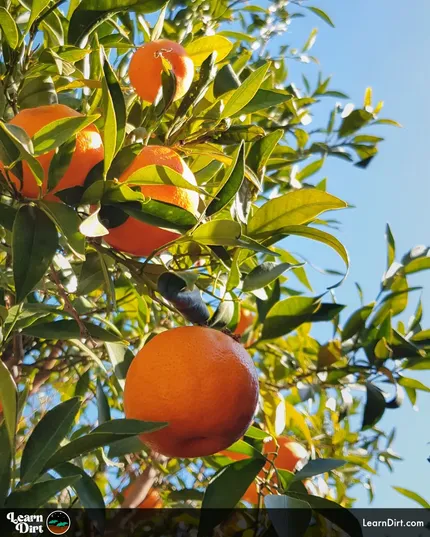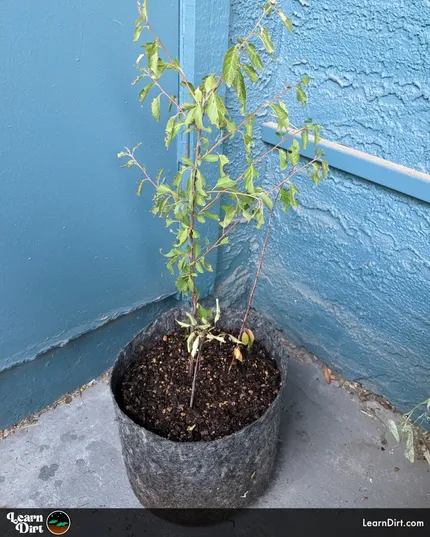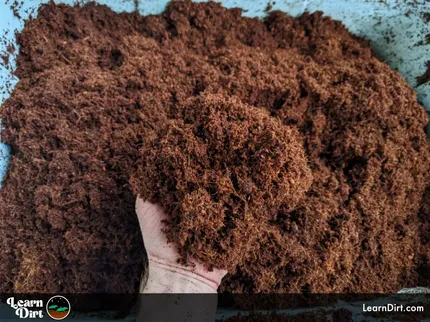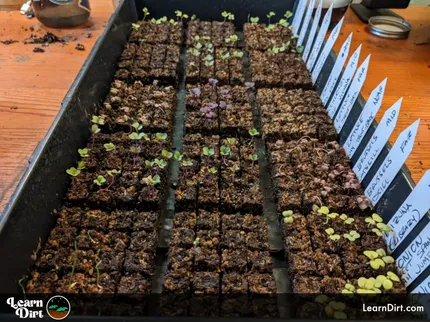Table of Contents
- Can You Grow Chickpeas?
- Where Are Chickpeas From?
- What Does a Chickpea Plant Look Like?
- Is It Worth It to Grow Chickpeas?
- How to Grow Chickpeas From Dried Beans
- Growing Garbanzo Beans
- Harvesting Garbanzo Beans
- Dehydrating Garbanzo Beans
- How to Store Chickpeas
* Our articles never contain AI-generated slop *
Ever wonder if it's possible to grow your own chickpeas at home? It absolutely is! With a few caveats...
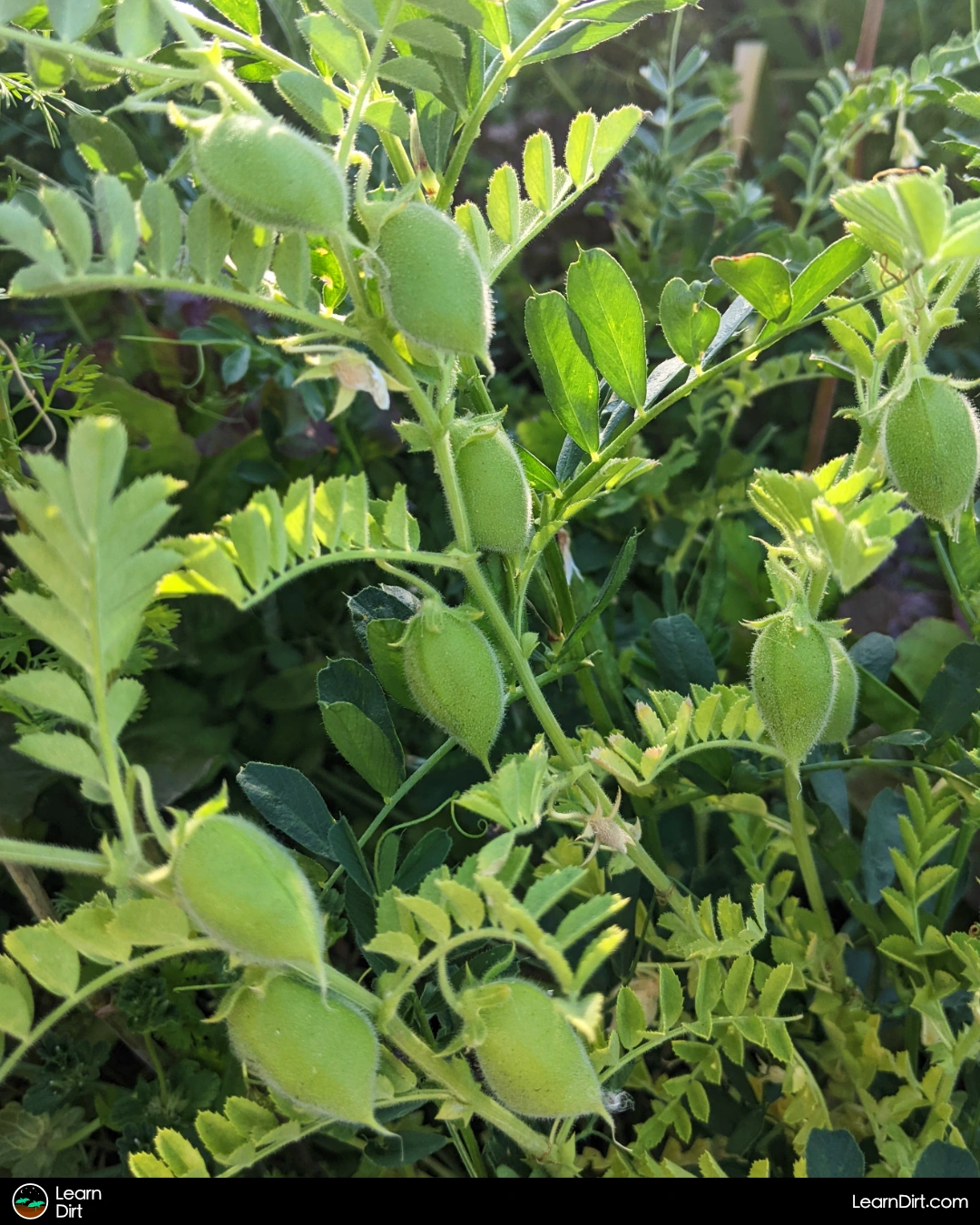
Can You Grow Chickpeas?
How Do Chickpeas Grow?
Chickpeas are in the legume family, Fabaceae, and have a bushing growth habit.
They prefer a long, warm growing season that's not too hot nor too cold.
Disclaimer: This post may contain affiliate links. Refer to the privacy policy for more information.
Where Are Chickpeas From?
It's important to understand where any plant originates and what that climate is like in order to assess whether or not you'll be able to grow it in your region.
Chickpeas likely originated in Turkey and Syria, where they were then domesticated by humans as a food crop.
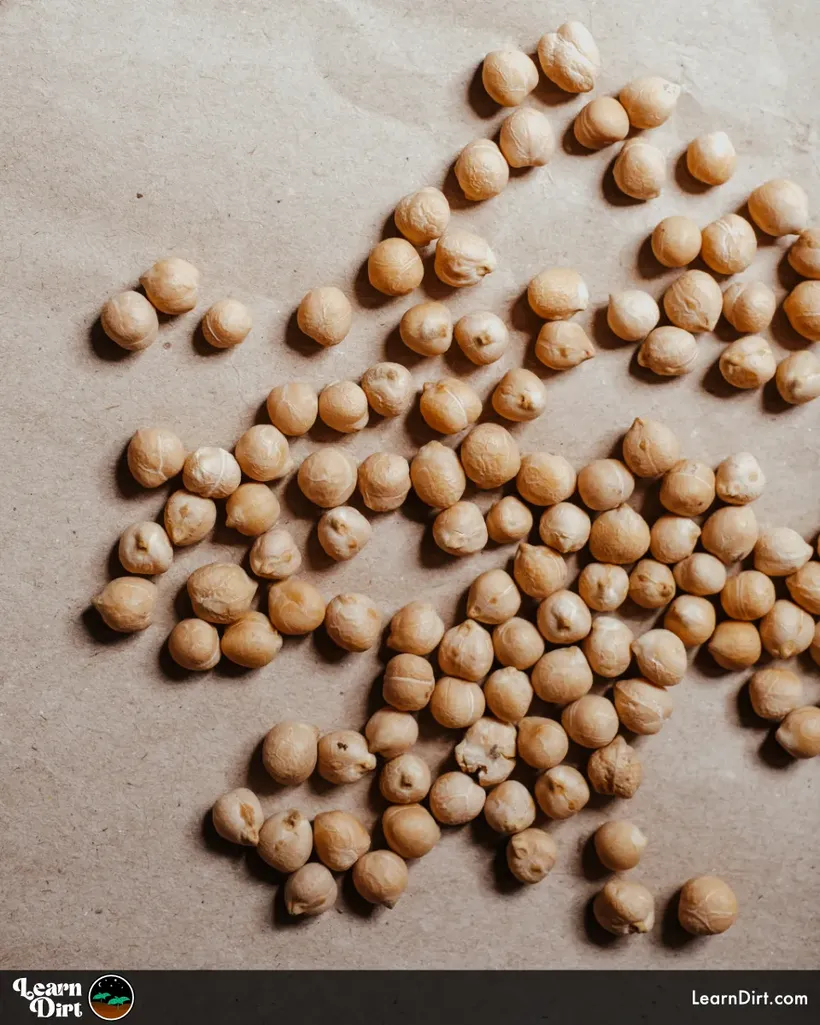
Where Do Chickpeas Grow?
Chickpeas are now a staple in the Middle East, in many African countries, as well as in India.
These regions offer the ideal conditions for growing chickpeas, so it's no wonder that they thrive there.
What Does a Chickpea Plant Look Like?
This is a chickpea plant:

You may recognize some common characteristics of the legume family (fabaceae), like the slightly-hairy stems and the pinnately compound leaves.
Join The Grower's Community
A FREE, friendly forum
where you can ask questions,
swap tips, and meet like-minded growers 🌱
Check It Out!
Scroll back up and look closely at the leaves - they alternate along both sides of their stems and have a terminal leaflet on the end. This gives them a feather-like appearance.
With compound leaves like these, each side-stem has only one leaf on it, disguised as many. What appear to be single leaves are really leaflets, with about a dozen leaflets comprising each larger leaf.
Is It Worth It to Grow Chickpeas?
Chickpea Growing Time
Chickpeas take anywhere from 90-130 days from seed to harvest depending on variety and climate.
If you're in a hot climate with high UV intensity (like I am in the Sonoran Desert), they may even take less than 90 days.
How Many Chickpeas Per Plant?
The beans themselves grow 1 or 2 to a pod. Each plant can grow a few dozen pods, with averages ranging from 10 to 50 pods per plant.
That means each plant may give 10 chickpeas, or it may give you 100 - or anything in between.
Higher nutrition in your soil, better pollination, and warm dry weather will all help to maximize your yields.
If you want to get a lot of food from chickpea plants, you'll want quite a few of them. Consider dedicating a few beds to them or growing a separate chickpea patch.
I like to interplant chickpeas among all my veggies and flowers to improve biodiversity, pollination rates, and fix nitrogen for the soil - all at the same time!
How to Grow Chickpeas From Dried Beans
Dehydrated (dried) chickpeas are the way to grow garbanzo plants. Chickpeas should be purchased dried and planted that way for best success.
Optionally, you can also sprout them before growing, but they still start the season off as dried beans.
Chickpea Seeds for Planting
You can buy organic dried chickpeas from any grocery store, as well as online.
Buy Chickpeas Online
Grow Chickpeas From Store-Bought
Growing Garbanzo Beans
Now for the fun part - let's look at how we actually grow the things!
Chickpea Growing Conditions
Arid and semi-arid conditions are what the garbanzo needs to thrive. They're highly drought-tolerant plants with significantly lower water requirements than many food crops.
Chickpeas, beans need cool-to-warm weather, preferring no hard freezes and no high temperatures.
Garbanzos do best in temps between 70F and 85F, with nights in the 50's and 60's.
Chickpea Season
They barely tolerate any frost, but fare a little better with a bit of heat than a bit of frost.
For hot arid regions that never freeze, garbanzos make a great staple grown through the winter.
Chickpea Soil Requirements
Chickpeas do not like wet feet. The soil must drain, and they would rather have it too dry than too wet.
As legumes, they bring their own nitrogen to the party (in the form of nitrogen fixation) so they don't require the fertility and nitrogen levels that many other food crops need.
Both of these requirements combine to make sandy, somewhat-depleted soils a great environment for the humble garbanzo to thrive.
Dig Cool Merch?
How to Sprout Chickpeas
- Grab your dried chickpeas of choice
- Put the chickpeas in a jar
- Add enough filtered water to fully submerge the chickpeas
- Put a lid on and leave them to soak for 24 hours
- Drain the water
- Rinse off the chickpeas in a colander
- Put the chickpeas back in the jar (they should still be moist)
- Put a piece of cheesecloth or paper towel over the lid, and secure with a band or rubberband. This will allow airflow
- Make sure the chickpeas stay moist for a few days as you wait for them to sprout. Mist with water or add a few splashed of water and tip the jar to get all the chickpeas moist
- Once the chickpeas grow tails, they're ready to plant!
Chickpea Germination Time
Germinations should only take a few days, typically less than 1 week for chickpeas. You may even see tails beginning to form after just a day or two.
Chickpeas are BIG seeds with a ton of stored energy - making them fast to sprout and vigorous growers right out of the gate.
They won't make you wait long, given that you ensure your ambient and soil temps are warm.
Aim for 70F - 80F (21C - 26C) for ideal germination.
How to Plant Garbanzo Beans
Growing Chickpeas in Containers
Chickpeas are relatively small plants, so they can definintely fit in containers.
Because they bring their own nitrogen (through symbiosis with bacteria), they can thrive in soils with lower fertility levels. While your pots may have great soil, the limited soil volume can be a constraint for some heavy-feeders. Not so much of an issue with chickpeas, however!
In fact, growing chickpeas for chop + drop as a way to add fertility and mulch right within your planters is a great strategy as a companion for other plants.
Chickpea Companion Plants
While chickpeas are themselves a great companion plant for almost anything (because of their nitrogen fixing ability), there are a number of plants that will alse help your chickpeas.
Flowers will help to attract pollinators, which chickpeas rely on. Opt for native flowers whenever possible - they're often hosts for indigenous beneficial insects.
Trap crops like nasturtium and marigold can distract pests away from your garbanzos.
To learn more about companions planting, check out this article.
Chickpea Plant Growth Stages
Do Chickpeas Need a Trellis?
Chickpeas do not grow tendrils and are not a climbing legume. They will not climb a trellis, though you could probably lean the plant against one if you felt like it.
They have a small bushy growth habit and do best with only something to lean on. Other chickpea plants can provide this if planted in dense stands. Otherwise plants may be nestled in between other plants for a little support.
Harvesting Garbanzo Beans
Now that your chickpeas are all grown up, it's time for the harvest!
When to Harvest Chickpeas
These beans are best harvested after they've spent time drying on the plant.
Give pods time to turn a light tan color and become hard and crunchy before harvesting, unless significant rain is extected.
Drying on the plant ensures that beans are fully ripe, and takes the pressure off you to try them quickly enough yourself.
How to Harvest Chickpeas
The more dry the pods are, the easier they are to pull off the plant.
They should come right off, but you can also use a pair of hand pruners if it helps.
One trick I use is to put my head through the handle of a grocery or tote bag, so it hangs open in front of me. This frees up my hands for picking off pods and I always have my bag around my neck as I move through the garden pulling pods.
How to Shell Chickpeas
I typically let my garbanzo pods dry further indoors before attempting to shell them.
Removing any remaining moisture makes the pods more brittle and easier to pop open.
Shelling any kind of bean or pea is a great passtime for the whole family while sitting on a porch telling stories, or while watching your favorite show.
Dehydrating Garbanzo Beans
To store your beans, you'll need to make sure they are completely dry all the way through.
You don't want mold or sprouting from remaining moisture.
Chickpeas can be left on the plant to dry in their pods if wet weather isn't expected - but they can also be dried indoors or out in the sun.
A dehydrator on a low temperature can help speed up the process immensely.
I also find these these hanging mesh drying racks to be a great option for drying chickpeas, especially with a fan nearby.
How to Store Chickpeas
Once your chickpeas are completely dry, they're shelf-stable for multiple years.
You can use mason jars or food-safe buckets with gamma seal lids for pantry storage.
Increase shelf life with cooler temperatures (such as a root cellar or basement), reduced light (consider amber jars if you don't have a dark room), and absolutely no moisture.
You can toss a dessicant into each jar or bucket to be extra safe if there are any trace amounts af moisture left in your beans.
That's all for now, thanks for reading!
If you have any questions, comments, or would like to connect with fellow gardeners, head on over to the forum and post there.



